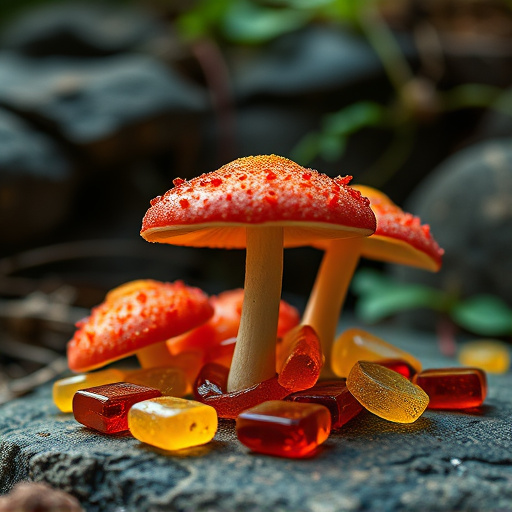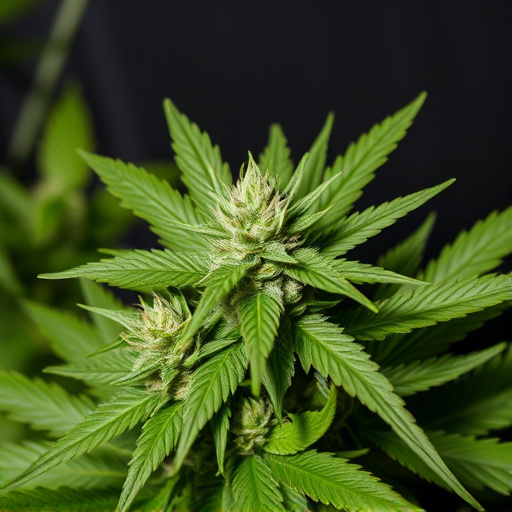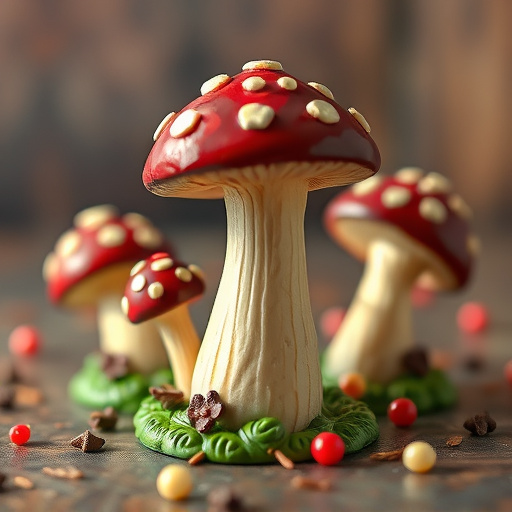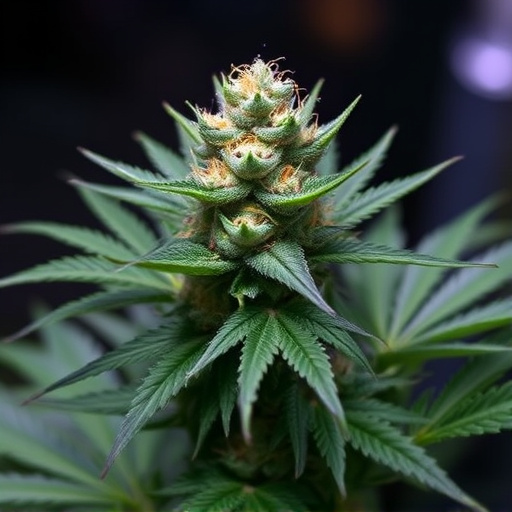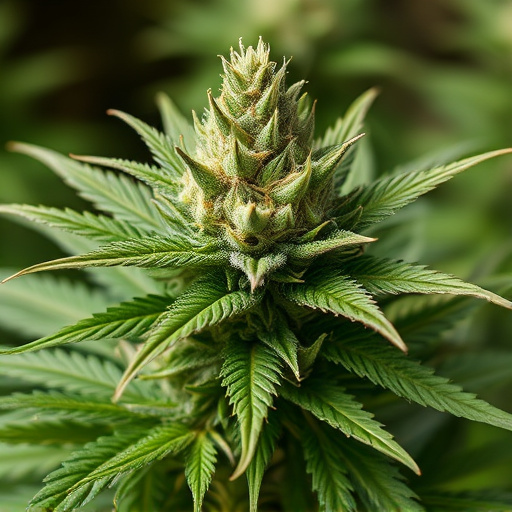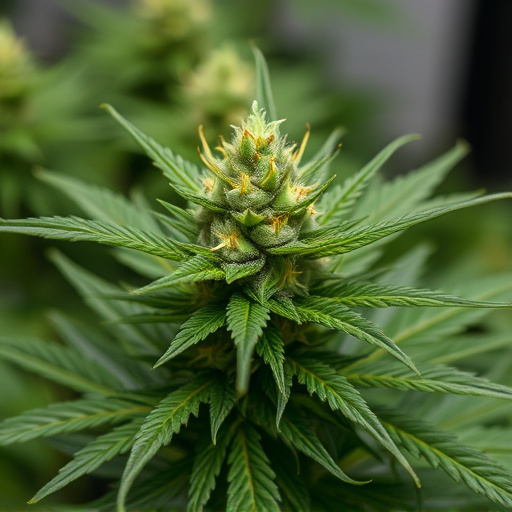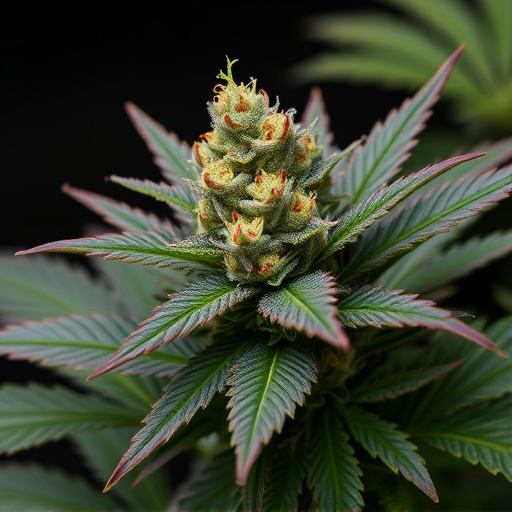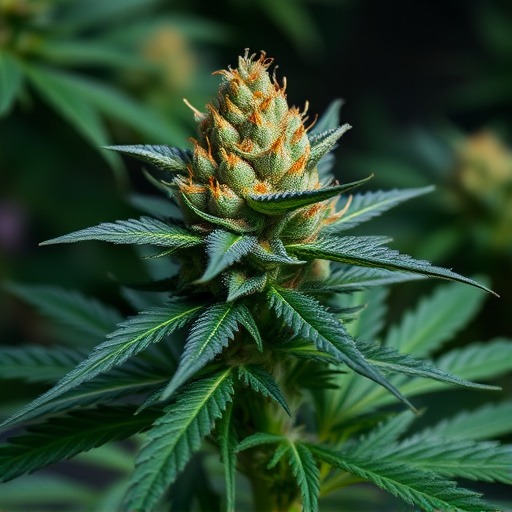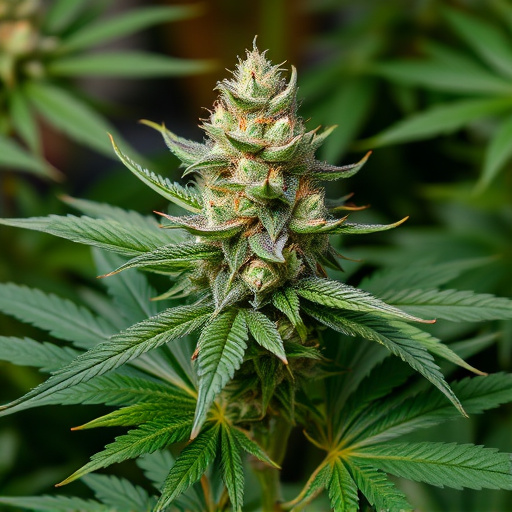Genetic diversity is the key driver of the varied cannabis landscape, affecting leaf structure, cannabinoid profiles, and overall visual appeal. Good indica strains, characterized by their compact growth and broad leaves, serve as a prime example. Cultivators manipulate environmental factors like temperature to optimize plant aesthetics, controlling flowering time, bud density, and trichome color. These natural variations create diverse appearances, aromas, and effects, with good indica strains known for their relaxing properties and visually striking features, such as dense, sticky flowers with vibrant orange or red undertones in cooler temperatures.
“Unraveling the enigmatic interplay between genetics and temperature, this article explores how these factors shape the captivating appearance of cannabis. From the diverse natural variations within genetic lineages to the precise environmental cues that trigger development, every aspect contributes to a plant’s visual allure. We delve into the specific influences on leaf structure, color, and terpene profiles, focusing on the cultivation of good indica strains. By understanding the intricate dance between genetics and temperature, cultivators can nurture exceptional cannabis plants with unique and desirable characteristics.”
- The Role of Genetics in Cannabis Appearance
- – Exploring natural variations and their impact on traits like leaf structure, color, and terpene profiles.
- – Discussing how specific genetic lineages contribute to unique visual characteristics.
The Role of Genetics in Cannabis Appearance
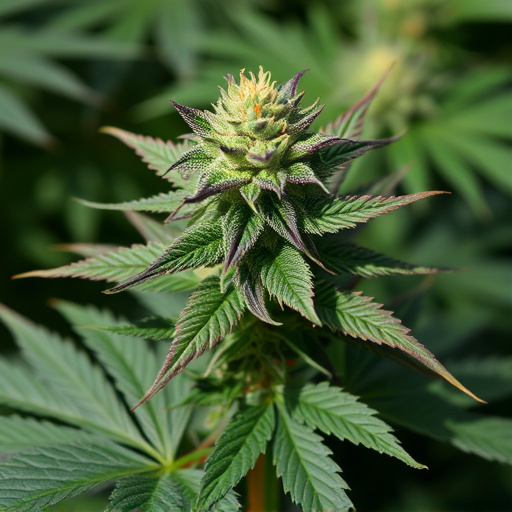
Genetics play a pivotal role in shaping the appearance of cannabis plants, from leaf structure to the production of various cannabinoids and terpenes. Different genetic lineages, or breeds, exhibit distinct characteristics, leading to the diverse array of cannabis varieties available today. For instance, good indica strains are known for their compact, bushy growth patterns with broad leaves, often displaying a dense coating of resin-producing glands. These inherent genetic traits contribute to the overall aesthetic appeal and have been cultivated by breeders to meet specific preferences and therapeutic needs.
The genetic makeup of a cannabis plant dictates its response to environmental stimuli, including temperature. As such, understanding genetics is essential for cultivators aiming to optimize their crops’ visual attributes. By selecting strains with desirable genetic traits and controlling temperature conditions, growers can influence the pace of flowering, the density of buds, and even the color of trichomes (resin glands), all of which contribute to a cannabis plant’s final appearance.
– Exploring natural variations and their impact on traits like leaf structure, color, and terpene profiles.
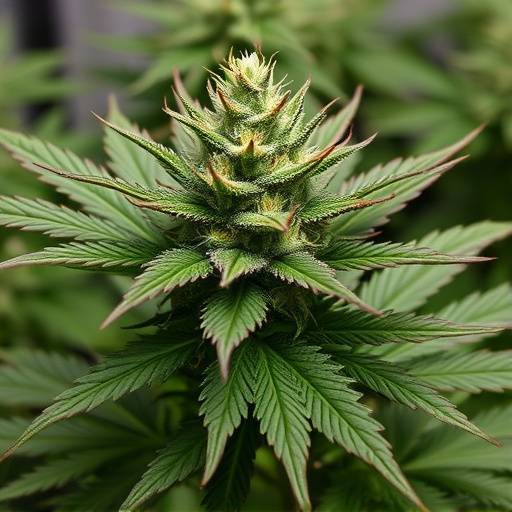
Cannabis plants, like many others in the plant kingdom, exhibit remarkable natural variations that are shaped by a complex interplay of genetics and environmental factors, particularly temperature. These variations contribute to the diverse range of appearances, aromas, and effects associated with cannabis. By understanding these influences, cultivators can create and select desirable good indica strains known for their balanced and relaxing properties.
Natural variations in cannabis manifest as differences in leaf structure, ranging from narrow and pointed to broad and fuzzy. Coloration also varies, with shades of green, purple, orange, and even red appearing across different strains. Additionally, terpene profiles—the fragrant compounds responsible for cannabis’s unique aromas—are highly variable. Temperatures play a crucial role during critical growth periods, affecting the rate of development and the expression of these traits. Optimizing temperature conditions allows cultivators to enhance desirable characteristics, ensuring that the final product meets expectations for both appearance and effect, especially when aiming for well-balanced good indica strains.
– Discussing how specific genetic lineages contribute to unique visual characteristics.
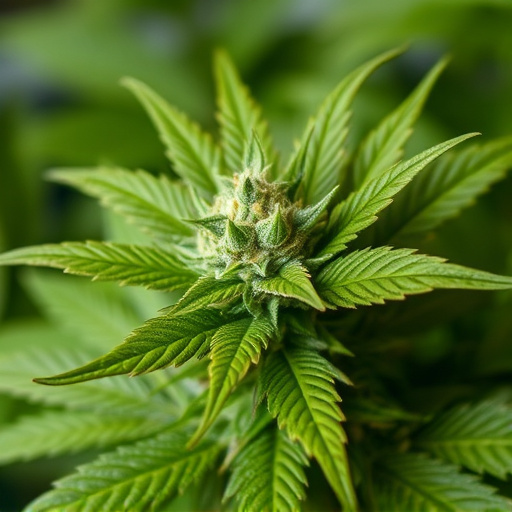
Cannabis enthusiasts often marvel at the vast array of visual variations among strains, from lush green foliage to vibrant purple hues and unique terne patterns. These distinctive characteristics are not mere coincidences but result from a complex interplay between genetics and environmental factors, particularly temperature. Different genetic lineages possess inherent traits that contribute to their visual appeal. For instance, certain strains have evolved to showcase bold colors as a way to attract pollinators or deter predators, showcasing the plant’s resilience and beauty.
When it comes to renowned good indica strains, many exhibit these unique visual attributes. Indica varieties, known for their relaxing effects and compact growth patterns, often feature dense, sticky flowers with vibrant orange or red undertones, especially when grown in cooler temperatures. These visual cues not only captivate the eye but also offer valuable insights into a strain’s potential therapeutic benefits and cultivation techniques.
In conclusion, understanding the intricate relationship between genetics, temperature, and cannabis appearance is key to appreciating the diverse beauty of this plant. Genetic variations play a significant role in shaping traits that contribute to the unique visual appeal of different cannabis strains, with some renowned as excellent good indica strains known for their distinctive leaf structures, vibrant colors, and distinct terpene profiles. Additionally, temperature acts as a crucial environmental factor, influencing growth patterns and further enhancing the visual diversity seen across different cannabis cultivars.


